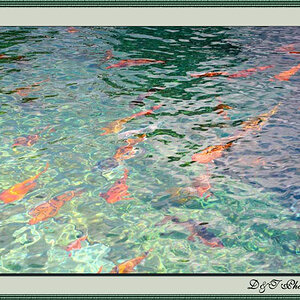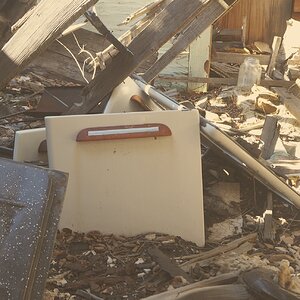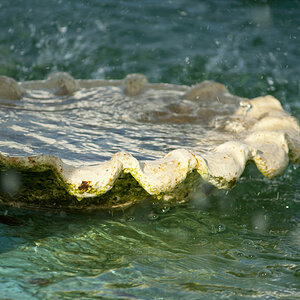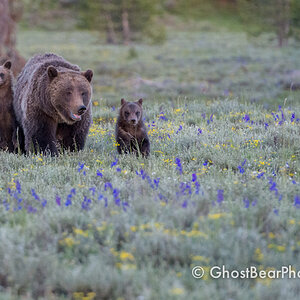ltlredwagon
TPF Noob!
- Joined
- Jul 14, 2010
- Messages
- 9
- Reaction score
- 0
- Location
- San Bernardino
- Can others edit my Photos
- Photos OK to edit
I have a Canon 20D, Sigma 180 Macro and Sigma 1.4x teleconverter. Looking for best flash setup for photographing butterflies. Appreciate any advice/recommendations.


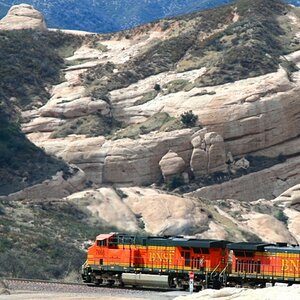
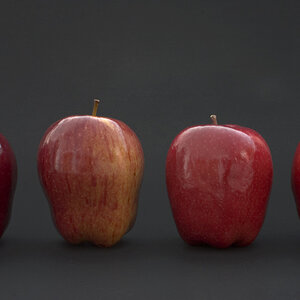
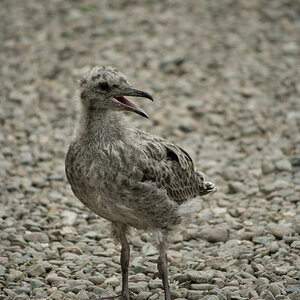
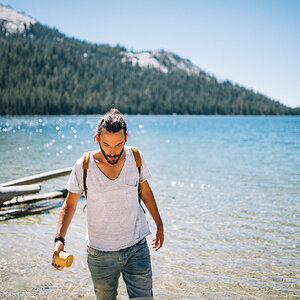
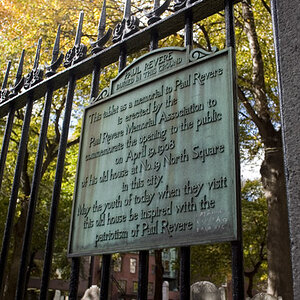
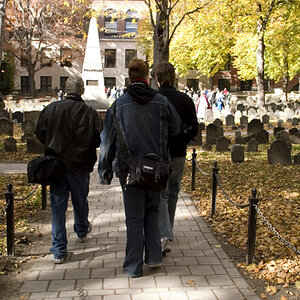
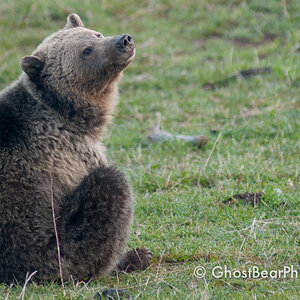
![[No title]](/data/xfmg/thumbnail/41/41782-daa26990361bf4193a874908bda10dbb.jpg?1619739891)
